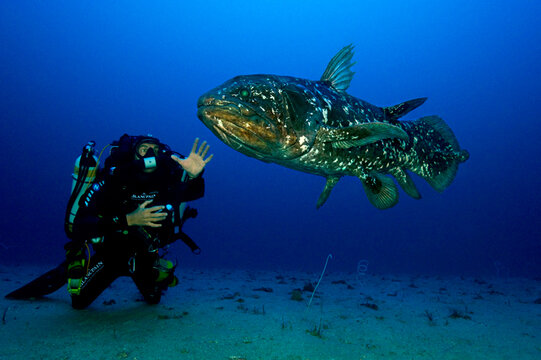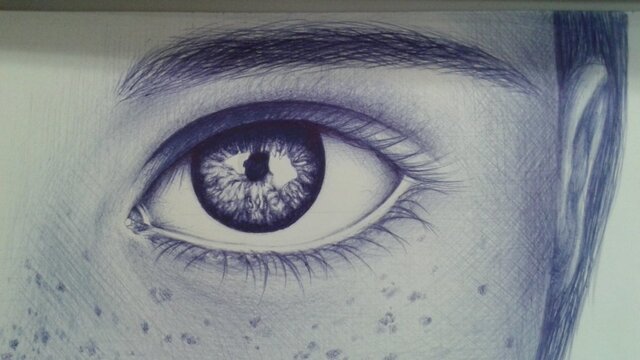There are very distinct shadows on the garage in both photos, although the Trents claimed that the photos were taken around sunset. The problem is that the wall faces east, and the sun is in that position (about 90 degrees azimuth) at about 8:20 am PDT. If the photos were actually taken in the morning, then the Trents were lying about the circumstances of the incident.
In 2004, researcher Joel Carpenter (1959–2014) created a website on the McMinnville photos, making a very good case that the object was directly beneath the overhead wires and close to the camera. He suggests that the object was a mirror from an old truck. I have restored Joel Carpenter’s original McMinnville photos website (changing only the links), and placed it on the Internet Archive at
http://tinyurl.com/CarpenterTrent.
One of Carpenter’s findings is that Trent’s camera was surprisingly close to the ground when the photos were taken. For some bizarre reason, Trent did not stand up to photograph his UFO, but instead crouched down. Carpenter explains,
Instead of moving toward the object and shooting the photos from eye level in the unobstructed front yard, he shot the two photos up, from a very low level, from the back yard. For reasons explained above, it seems likely that he actually used the viewfinder on the body of the camera while kneeling. The overall geometry of the positions and the attributes of the camera suggest that he was attempting to frame a nearby object in such a way as to maximize the amount of sky around it and enhance its apparent altitude.
In other words, Trent walked away from where the UFO was supposed to be and instead walked toward where the presumed model was hanging from the wires and crouched down close to the ground to make his “UFO” appear distant.
Since the camera moved a significant distance between Photo 1 and Photo 2, can the two Trent photos possibly be viewed as a stereo pair, to reveal the object’s distance? In 2010 an anonymous researcher calling himself Blue Shift did so on
Above Top Secret(
http://goo.gl/OEsXCi). When you cross your eyes to see the image in 3D, the “UFO” is seen to be small and relatively close to the camera compared with the distant hills. Another way of demonstrating the same thing: a montage by David Slater demonstrates that when the two Trent photos are overlaid so that the wires are lined up, the images of the “UFOs” line up as well (
http://goo.gl/5JwJ6e). Both these demonstrations show that the “UFO” appears to be fixed with respect to the overhead wires.
In 2013 a group of French skeptics (IPACO) did an in-depth investigation of the McMinnville photos (
http://www.ipaco.fr/ReportMcMinnville.pdf). They began with the usual description of the line of sight to the object in each photo, presumed suspension methods, etc. They concluded that the object is a small model.
More interesting is the second part of the report, completed two months after the first part: Evidence of a Suspension Thread (page 29 of the IPACO report). They do not claim to detect the suspension thread directly but instead statistically. They conclude, “For the TRNT1 picture, the presence of a negative peak (thread darker than the sky) was clearly observed which matched exactly to the supposed attachment point, with a significant difference of 2,38 sigma, for a tilt angle equal to -11°. . . . Application of the same method to the second picture TRNT2 provided comparable results, with a tilt angle of -10.29° and results of over 2.5 sigma.”
Now, another researcher has weighed in. Jay J. Walter of Phoenix, Arizona, the author of the suspense horror novel
Blood Tree, did his own investigation. Working from high-resolution scans of first-generation prints that I sent him (scans I have now posted on the Internet Archive for anyone to research at
http://archive.org/details/TrentHighResScans), he did his own photo enhancement using the venerable program ArtGem. He said that even using a 4.2ghz quad core 64bit processor with 8 gigs of system RAM, he was still getting “out of memory” errors. However, he persevered and produced a series of photos appearing to detect portions of a suspension thread above the object in both photos. The purported string cannot be seen across its entire length, which is consistent with the French skeptics being able to detect it only statistically. It is significant that Walter and the French team were working with different scans.



